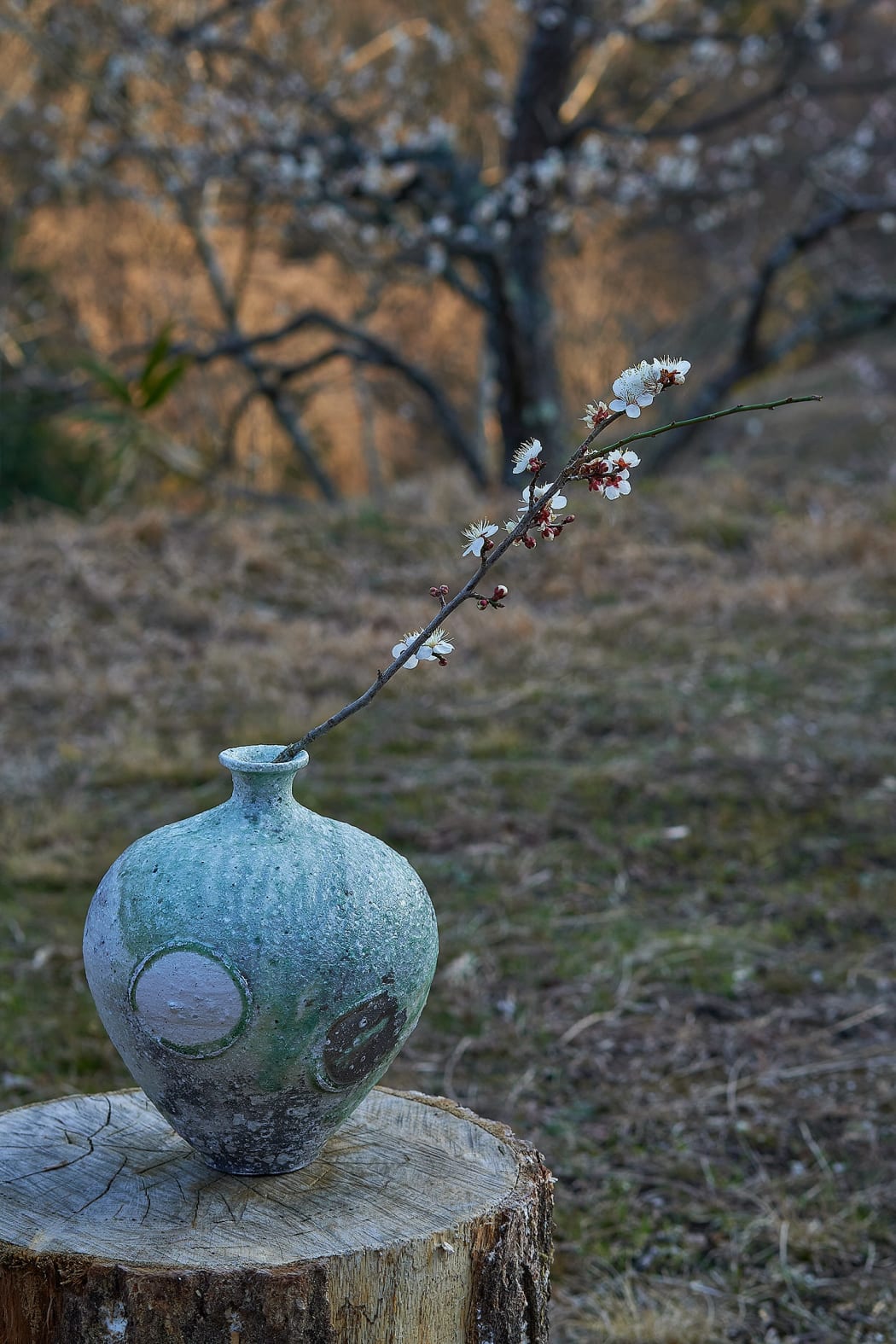
Eagerly anticipating the return of lush greenery and longer-lasting sunlight, Ippodo Gallery is pleased to host tea master Yoshitsugu Nagano for a RSVP-only tea ceremony in celebration of Risshun—the ushering in of spring—on Wednesday, February 8, 3:00 PM - 4:30 PM.
In Japan, the year is divided into 24 sekki, corresponding to the changes in the seasons. Risshun is the start of the entire cycle, and is celebrated in Japan with the setsubun festival, which involves the throwing of soybeans (mamemaki) to ward off evil and inaugurate a fortunate year. Ippodo Gallery has arranged a selection of artworks that are ideally suited to this joyous season that marks the end of winter and beginning of spring.
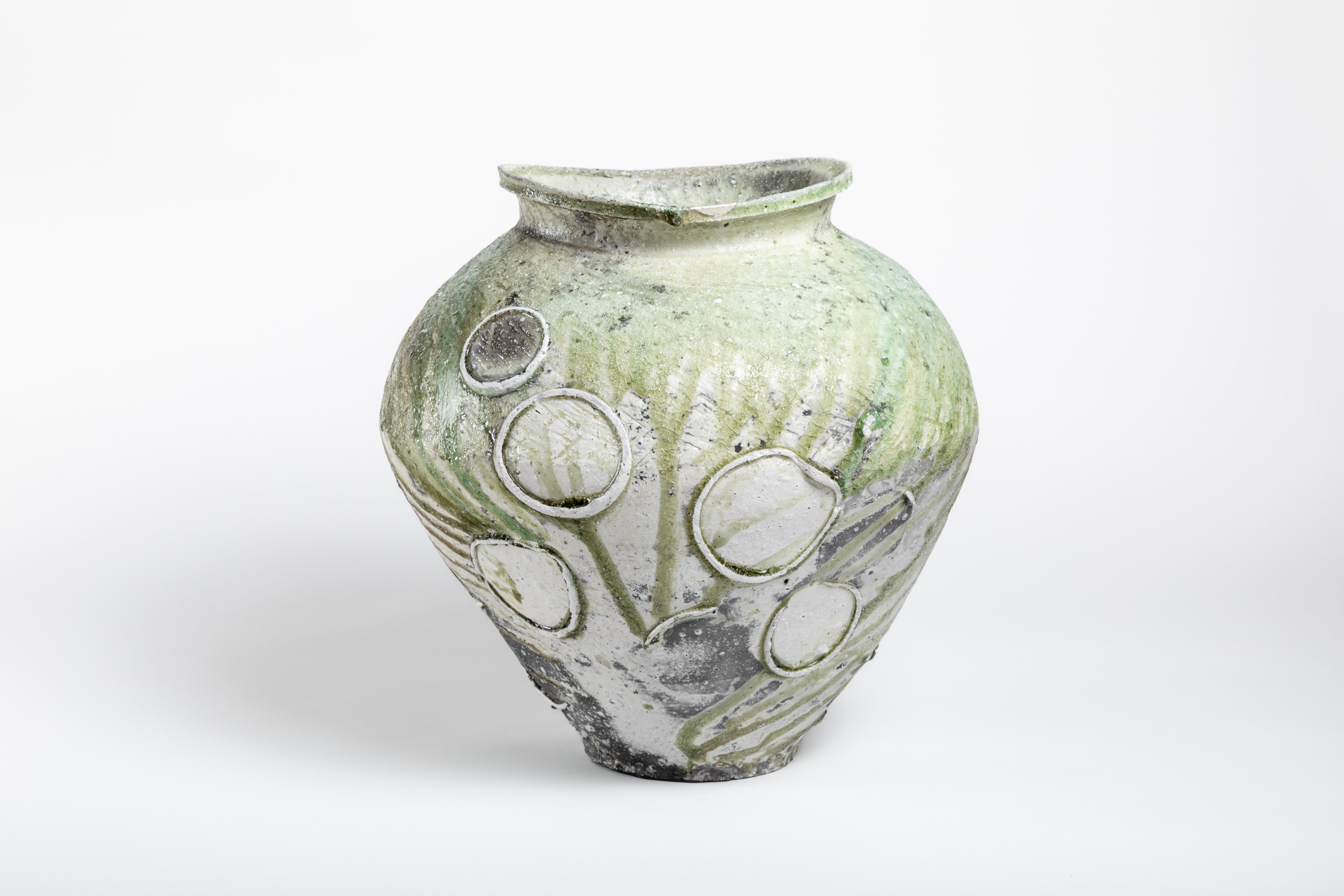
Yui Tsujimura, Natural Ash Glaze Wide-Mouthed Jar, (C24222NP)
Yui Tsujimura’s jar is coated in a brilliant blue-green glaze that forms when the artist throws mixed charcoal ash into his firing kiln. The organic material quickly becomes like glass, crazing throughout the surface while also settling into pools that look like ice. Yui’s circular decorations, which also served as stands for the jar while it hardens inside the kiln, are like blooming flowers framed by luscious foliage.
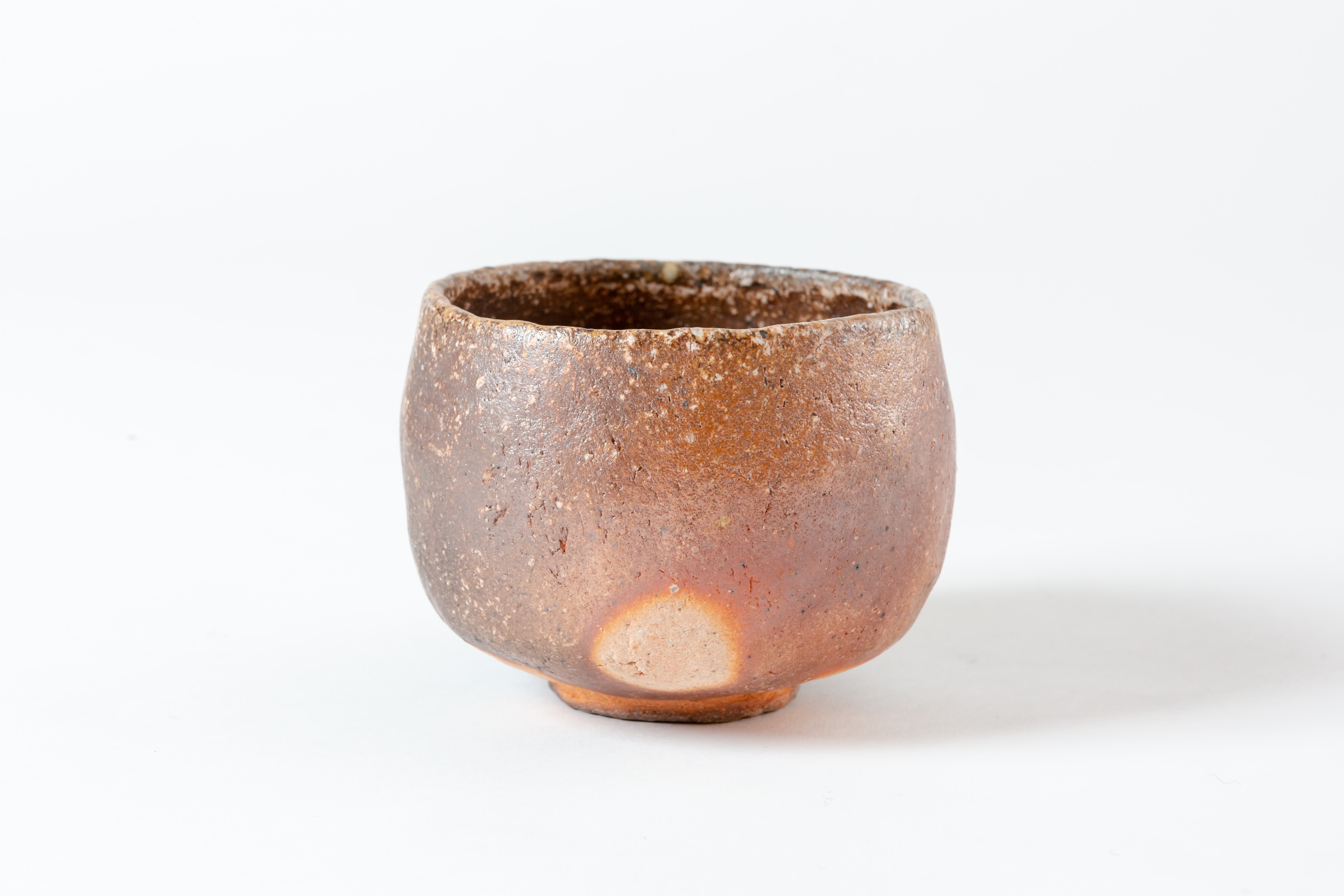
Kan Kishino,Yakishime Tea Bowl, (C22292NP)
Yakishime is a classical ceramic technique dating some time between the 4th and 5th centuries in which the object is unglazed and fired at an especially high heat. Kan Kishino’s tea bowl in this style is particularly graceful, almost weightless in the hands and shaped with thin walls to allow the release of excess heat. The white speckled glaze accentuates the lip of the tea bowl, and natural finish “mochi” decorate the face of the clay body.
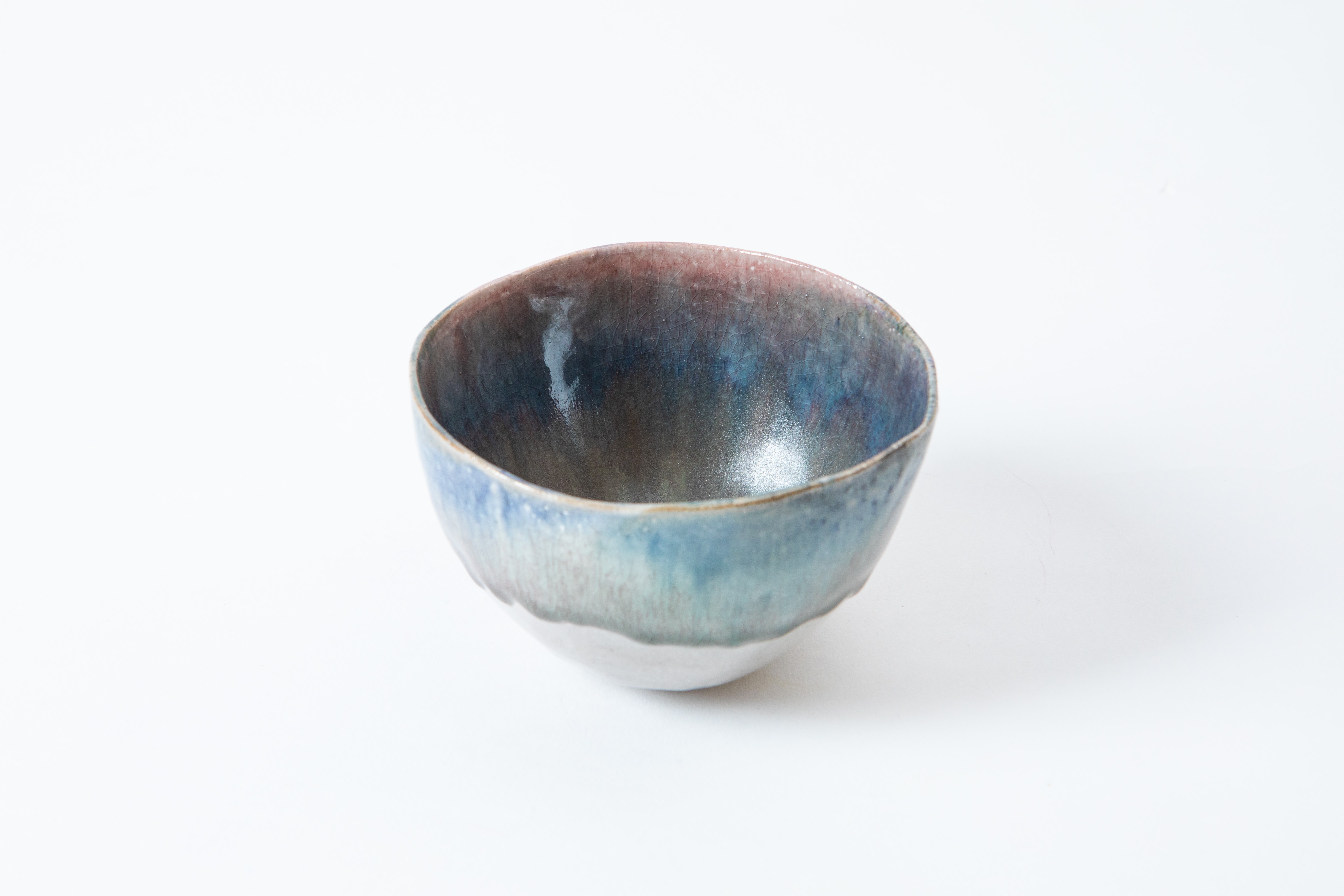
Yasushi Fujihira,Tea Bowl, (C22322NP)
Yasushi Fujihira’s bowl is an homage to his father, Shin Fujihira, who was famous for his use of cinnabar glazes. Yasushi’s treatment of the cinnabar results in a supple candy-colored landscape that exudes a certain whimsy. The purples, reds, and blues create a fairytale waterfall alongside the form of the bowl that echos the joy of playing in nature during the spring and summer months.
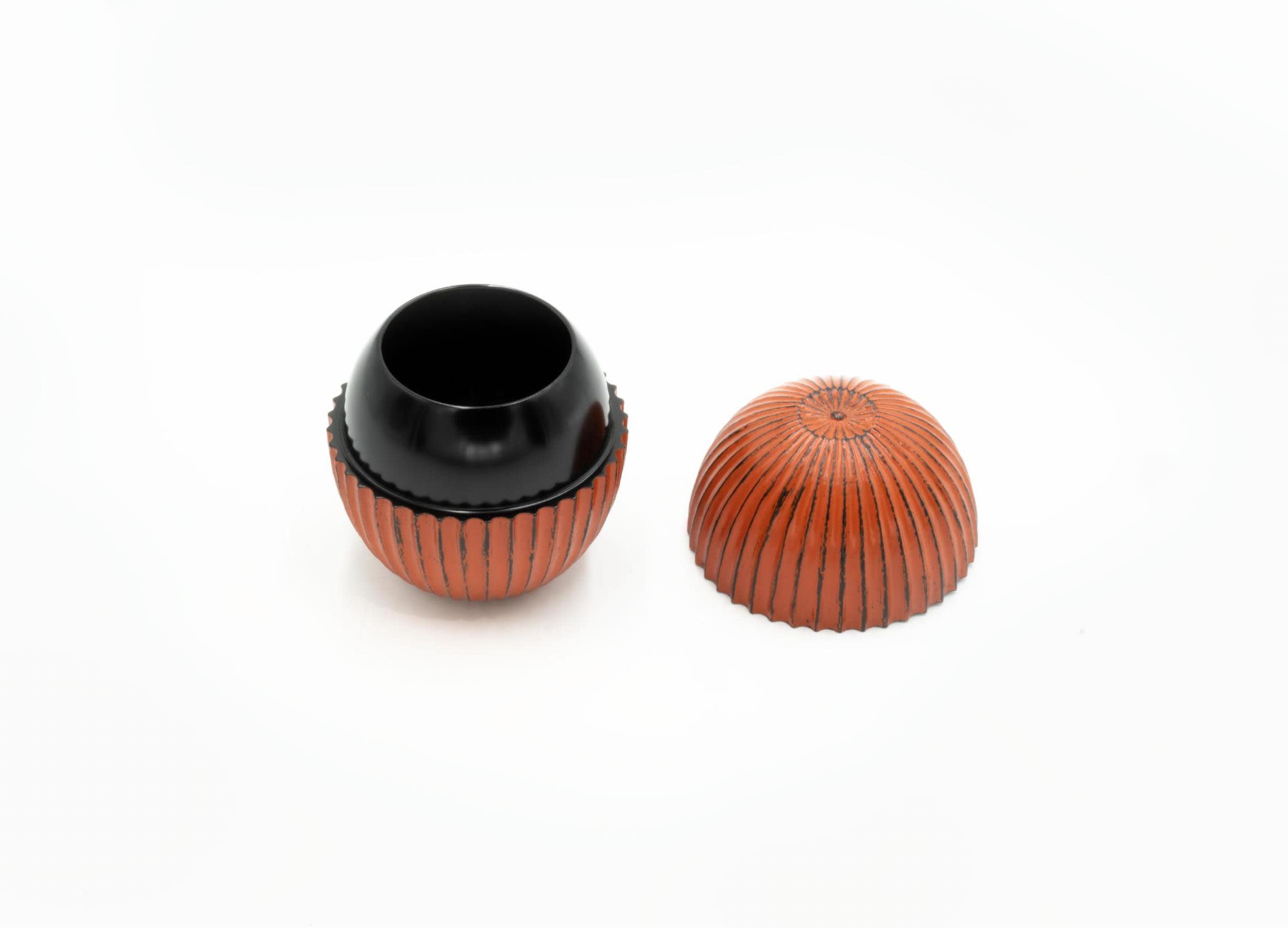
Jihei Murase, Corrugated Negoro Nakatsugi Tea Caddy, (C25015)
The animated vermillion of Jihei Murase’s flawlessly carved tea caddy, engraved with the symbol of the chrysanthemum, is one of the iconic markers of negoro style lacquers. Vivid as a flame, Murase’s caddy creates an atmosphere of warmth and tranquility. Prized in Japan as the color of prosperity, red is also a ward against evil and a way to ensure a season of happiness and luck.

Tomoyuki Hoshino, Two-Toned Tea Container, (C22787)
Like the last snow before the blooming flowers, Tomoyuki Hoshino’s container is an elegant balance of the artist’s two iconic colors, white and strawberry milk pink. Emulating candy drops, the enticing colors add to the sense of lightheartedness and jubilation. When placed on top of each other, the white and strawberry milk pink harmonize with the matte surface, giving life to the simple, yet classic, form.
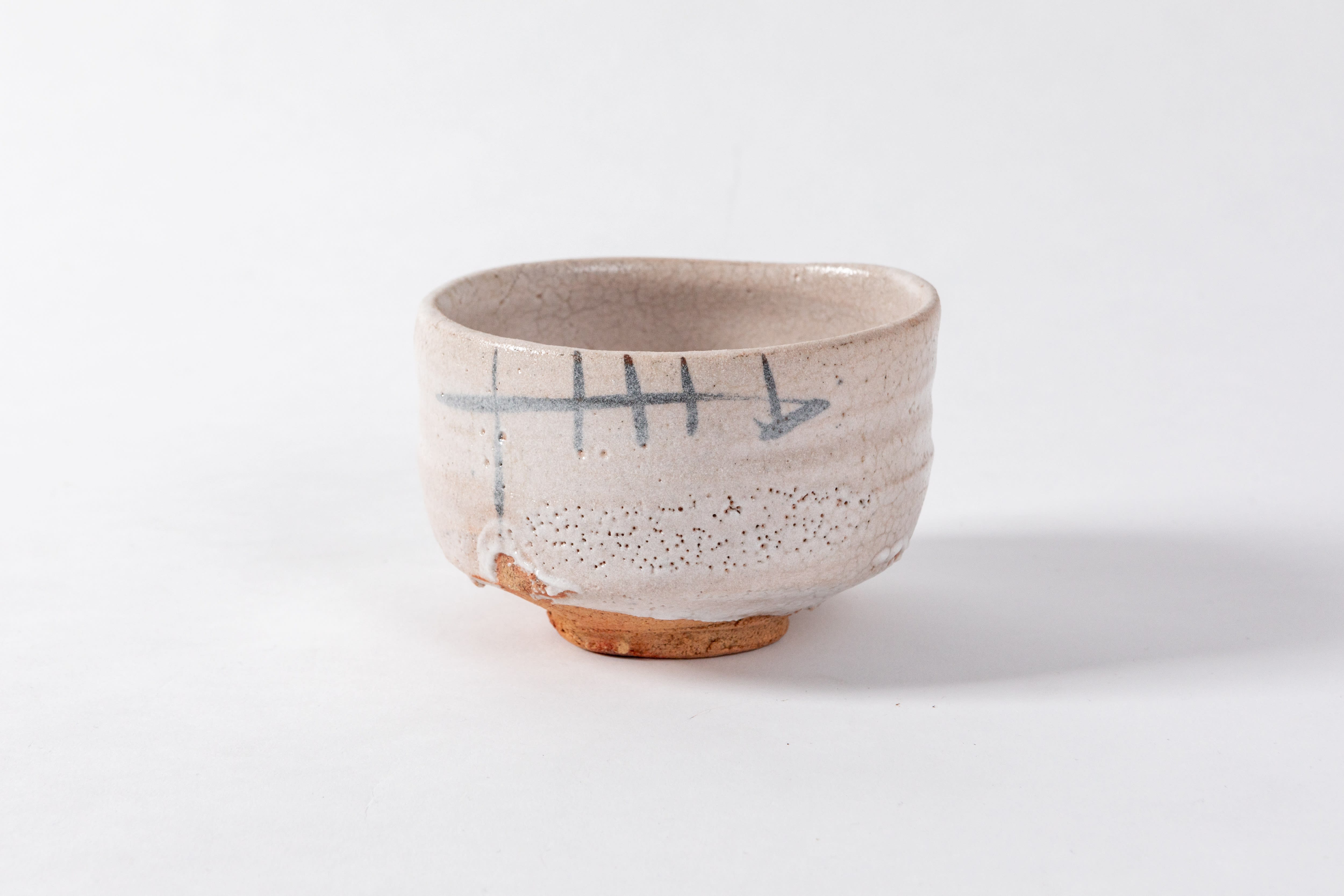
Kai Tsujimura,Shino Tea Bowl, (C22605NP)
Blanketed in snowy white, the red-hot stoneware body of Kai Tsujimura’s shino-glazed tea bowl smolders with warm heat as if in hibernation. The playful quality of Kai’s bowl, especially the organic black-slip design that peers our from beneath the shino glaze, is an endearing characteristic that is unpretentious and organic. Though made from stoneware, Kai’s bowl is lightweight and glazed with a porous finish that prevents the object from feeling confined or harsh.
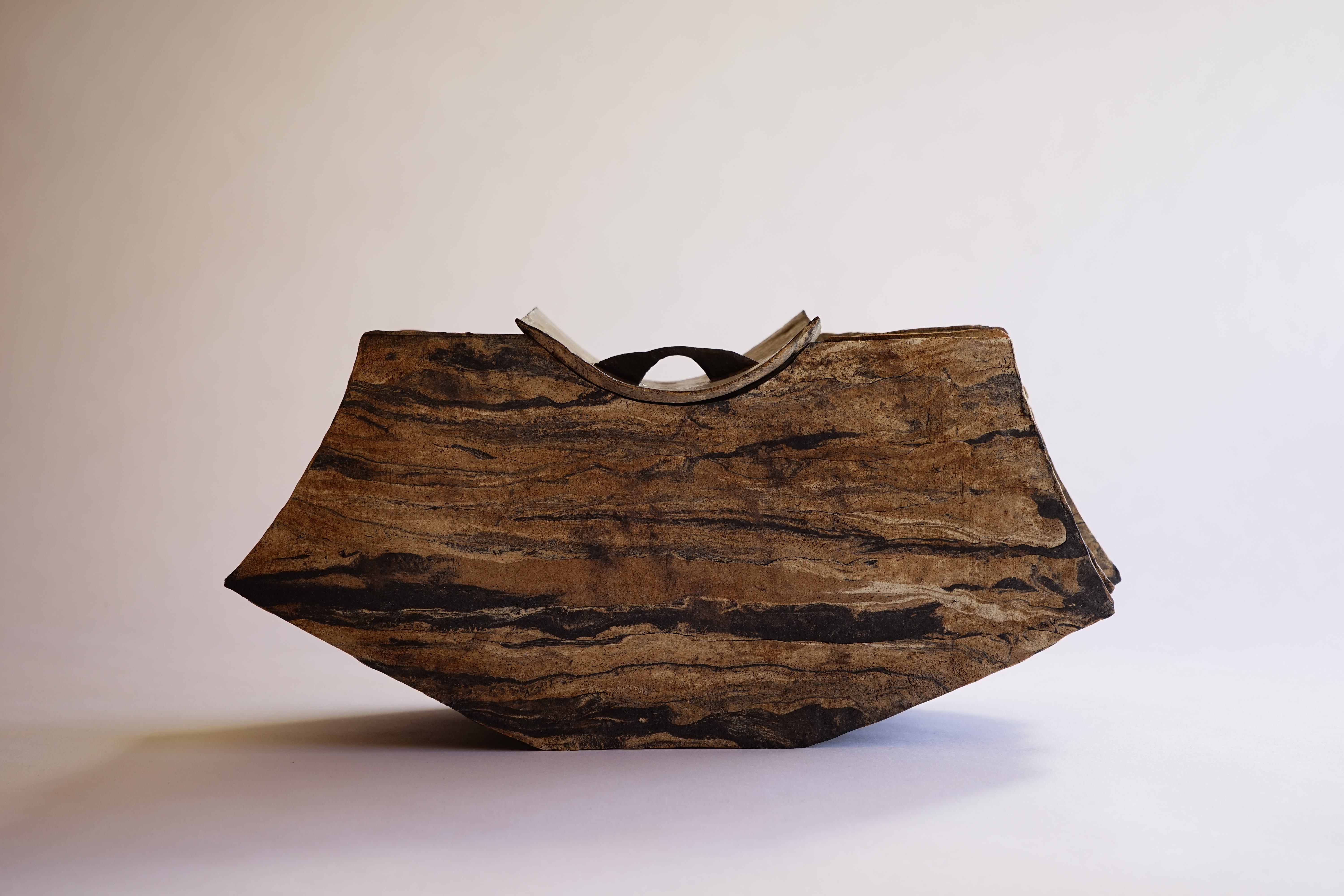
Yukiya Izumita, Lidded Geometry Jar, (C25283)
Fired with driftwood collected from the coastal region of the northeast Iwate prefecture, Yukiya Izumita’s sculpture resembles the layers of earth’s crust unearthed after a deep freeze. The salt released during the firing creates a brittle surface texture. Finished with an iron glaze that waterproofs the interior, the vessel is well suited for brightly colored flowers, mimicking new blooms emerging at the end of a barren winter.